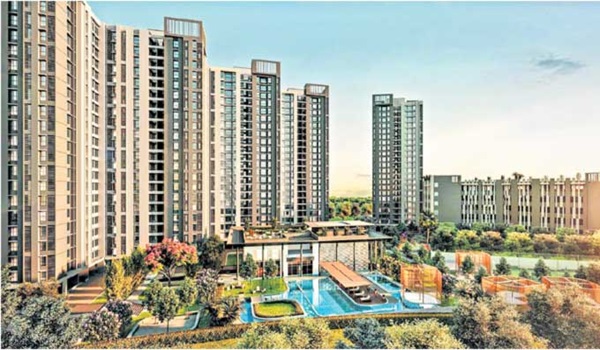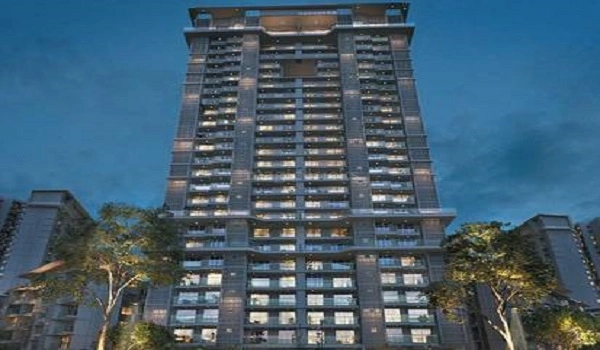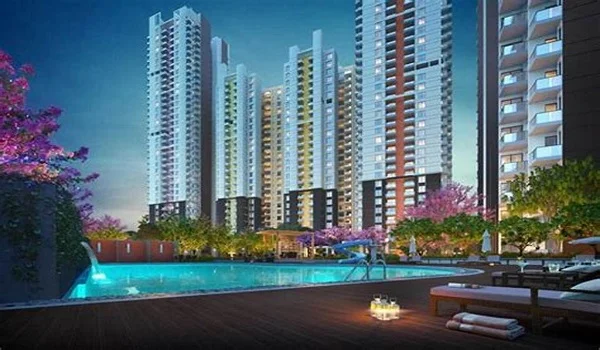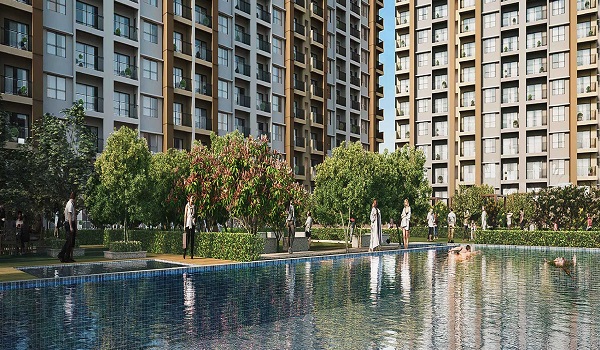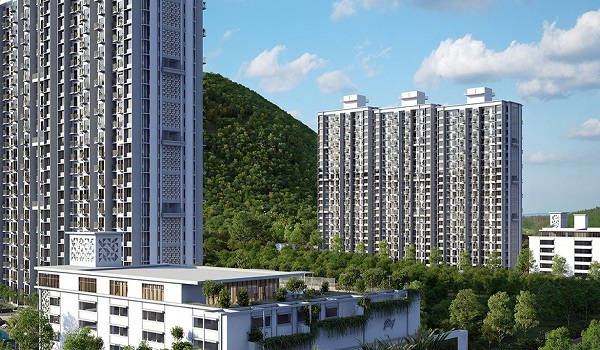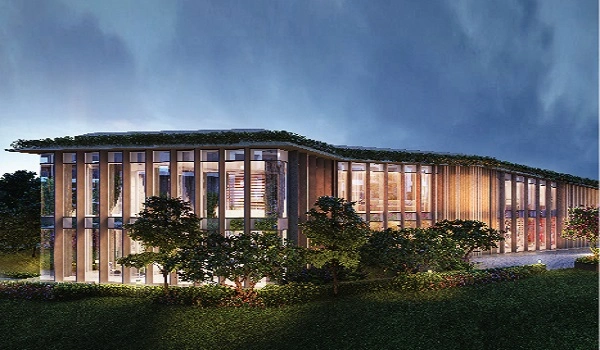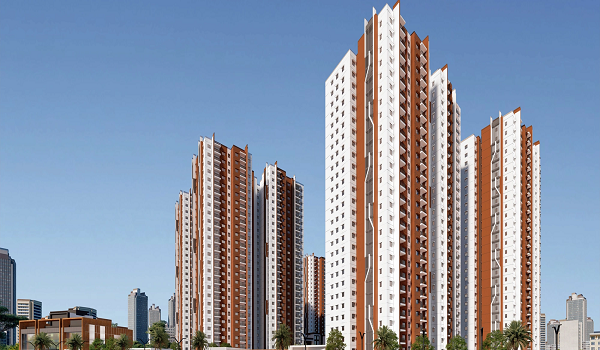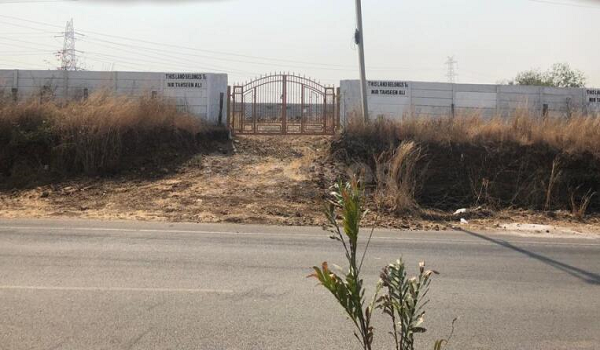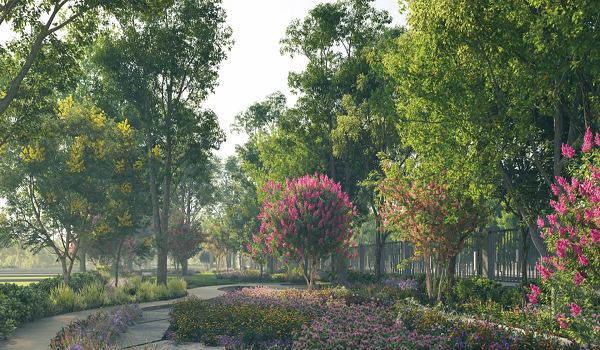Hyderabad Real Estate Trend: Future City Is Gachibowli In Waiting
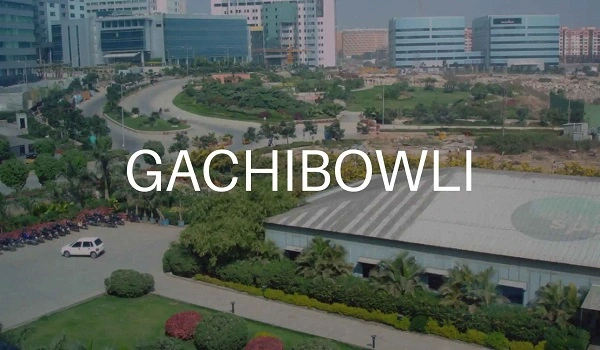
The Hyderabad real estate trend reveals that soaring prices are now stretching young tech salaries and steering builders toward new frontiers. Roughly 49,800 apartments changed hands in 2024, and one-quarter of those deals closed inside the Financial District, where fresh launches quote ₹9,800–₹13,200 per sq ft, translating into ₹1.2–₹1.6 crore for a standard three-bed. Servicing an 80 % loan on such a unit ties the buyer to an ₹72,000–₹91,000 EMI, well above the ₹55,000 take-home of an entry-level engineer and high enough to push both flat purchases and wedding dates into the future.
Average resale towers in Banjara Hills fetch ₹12,000–₹15,000 per sq ft, while core tech hubs Madhapur and Gachibowli trade around ₹9,400–₹9,500 per sq ft, with premium floors touching ₹11,600. A 12-kilometre hop west to Kollur trims asks to ₹5,200–₹6,700 per sq ft, and Shankarpally still lists apartments at ₹3,900–₹4,750 per sq ft and plotted land between ₹1,650 and ₹3,300 per sq ft, letting first-time buyers enter from roughly ₹25 lakh, about 40 % below west-core concrete.
Three forces power today’s surge. First, West Hyderabad holds the densest office stock in the city, so even modest job growth—18,000 net tech hires in 2024—keeps housing demand tight. Second, a booming food-and-leisure circuit lifts neighbourhood appeal; restaurant counts in Nanakramguda and Gachibowli rose 22 % year-on-year. Third, rapid aluminium-formwork construction—now used by ≈ 90 % of new projects—cuts floor cycles from 20 days to 10 and allows 50-storey towers to deliver in about four years, compressing supply timelines and sustaining investor confidence.
Financing ₹96 lakh (80 % of a ₹1.2 crore west-side home) at the current 7.5 % headline rate fixes a ₹71,600 EMI, which already equals—or exceeds—the net pay on a ₹6.5 lakh CTC. Buyers also need a ₹24 lakh down-payment up front, a figure that often takes dual-income couples 32–36 months to accumulate, delaying both registry dates and wedding receptions.
Amenity expectations have shifted alongside prices. Most new communities now launch with 24×7 security, rooftop jogging tracks, on-site crèches, and co-working floors within 50 metres of the residential lobby. Developers report 85 % of current buyers are dual-income couples, and in four of every ten deals, the woman in the household signs first, underscoring why premium common areas—and not just carpet area—command a pricing edge.
With serviced plots west of the Outer Ring Road drying up, the state has earmarked 16,000 acres for a new township and another 5,000 acres adjoining the international airport, creating a 20,000-acre “Fourth City”. The draft plan shows 100-foot arterial roads, a pair of outlet malls, and a dedicated civic body, all timed to open as the airport’s next expansion lifts annual passenger capacity by 30 % to 34 million. Market analysts frame the precinct as “Gachibowli twenty years earlier” and model 8–10 % CAGR over a five-to-seven-year horizon.
Brand launches beyond the Western core are sprinting too. Godrej Regal Pavilion in Rajendra Nagar debuted at about ₹7,500 per sq ft for 1,600–2,400 sq ft homes and has moved to nearly ₹8,300 per sq ft within nine months, a jump of 11 % and proof that strong demand extends across the PVNR Expressway. Starting prices of ₹98 lakh for a two-bed still sit below Financial-District tickets, offering a strategic entry point for buyers priced out of HITEC City yet keen on a brand pedigree.
Rapid-build ambitions peak at ASBL’s Spire, a 50-level tower planned in Kokapet that logged ₹1,000 crore in pre-launch bookings. Using 10-day slab cycles, the developer targets key handover in 2029, three years faster than typical conventional builds, underscoring how engineering speed now shapes absorption.
Hyderabad closes about 50k home sales a year, and nine in ten sites already rely on quick-turn construction tech. A vast airport-side corridor, plus city-wide projects like Godrej Regal Pavilion, give the market a broad runway. Walk-to-work stock in HITEC City will hold its premium. Yet, early stakes in the south corridor or branded eastern launches may replicate Gachibowli-level returns for today’s buyers willing to wait out a five-year cycle.
1. How many flats were sold in Hyderabad during 2024?
Approximately 49,800, or one in four, were in the Financial District.
2. Why are builders switching to aluminium formwork?The system halves the floor cycles to 10 days and lets 50-storey towers complete in about four years.
3. Is South Hyderabad the next growth hub?A 20,000-acre master-planned township south of the airport mirrors early Gachibowli and is projected to deliver 8–10 % annual price growth over five to seven years.
4. What price band dominates West Hyderabad in 2025?Most new launches quote ₹9,800–₹13,200 per sq ft, reflecting strong office-led demand and limited serviced land.
| Enquiry |
